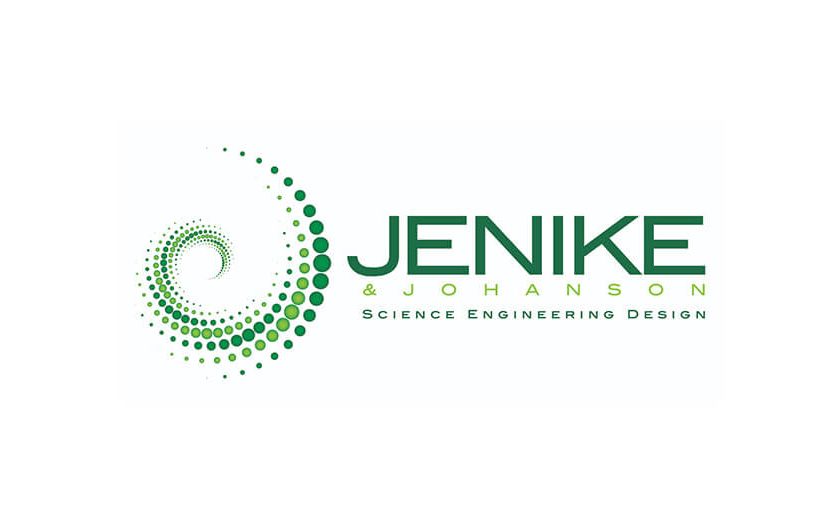
Last month we celebrated the 20th anniversary of Jenike & Johanson’s office in Chile (JJC). This landmark made me think about the huge change that most mining and engineering companies in Latin America have experienced in this period on the subject of bulk solid handling.
When we started JJC back in 1994, the designs of most stockpiles, silos and chutes were “adapted” from previous projects, using rules of thumb and/or “magic” angles, without paying much attention to the properties of the solids to be handled. Most mechanical and process engineers at that time had never heard terms like rathole, mass flow, funnel flow or expanded flow, and they had very optimistic expectations of what the live capacities of the silos and/or stockpiles that they were designing would be. It is necessary to point out that this was not their fault, nor was it particularly surprising. Even though Andrew Jenike’s famous Bulletin Nº123 “Storage and Flow of Solids” had been published in 1964, and industrial practice had amply validated its application for the design of material handling equipment such as silos, hoppers, transfer chutes, stockpiles, and feeders, the knowledge of Jenike’s findings had not permeated Latin America as widely as it has today, and it was not taught in universities.
At that time some world-class copper mining projects were being developed in Chile, and their processing rates of tens of thousands of tons per hour required that huge live capacities be provided by stockpiles in order to avoid downtime due to the different mine and plant schedules. Thanks to the foresight and vision of Dr. David Goodwill, Jenike & Johanson had installed a local laboratory to determine the flow properties of materials and was prepared to face the coming challenges.
Not surprisingly, serious ratholing problems were experienced in the stockpile used for the first stage of one of those very large projects, so JJC was contracted to collaborate on the design of the second stage of the project. Due to the successful design of that stockpile, JJC then had the opportunity to continue spreading knowledge of the technology in the mining sector in Latin America, and it has had the opportunity to successfully apply it in more than 400 projects — most of them for mining companies located in South America.
It must be added that explaining Jenike’s technology would have been quite difficult without the famous mass flow/funnel flow small physical model, which opened eyes, minds, and doors in sometimes difficult-to-reach and very-busy executive environments.
Nowadays, most Latin American mechanical and process engineers involved in designing bulk solid handling equipment know the meaning of the terms rathole, mass flow, funnel flow and expanded flow, and most have read articles about the advantages of the technological approach to the design of this type of equipment. Few of them would consider going ahead with their designs without first determining the flow properties of the material to be handled — a big change indeed in the last 20 years!



